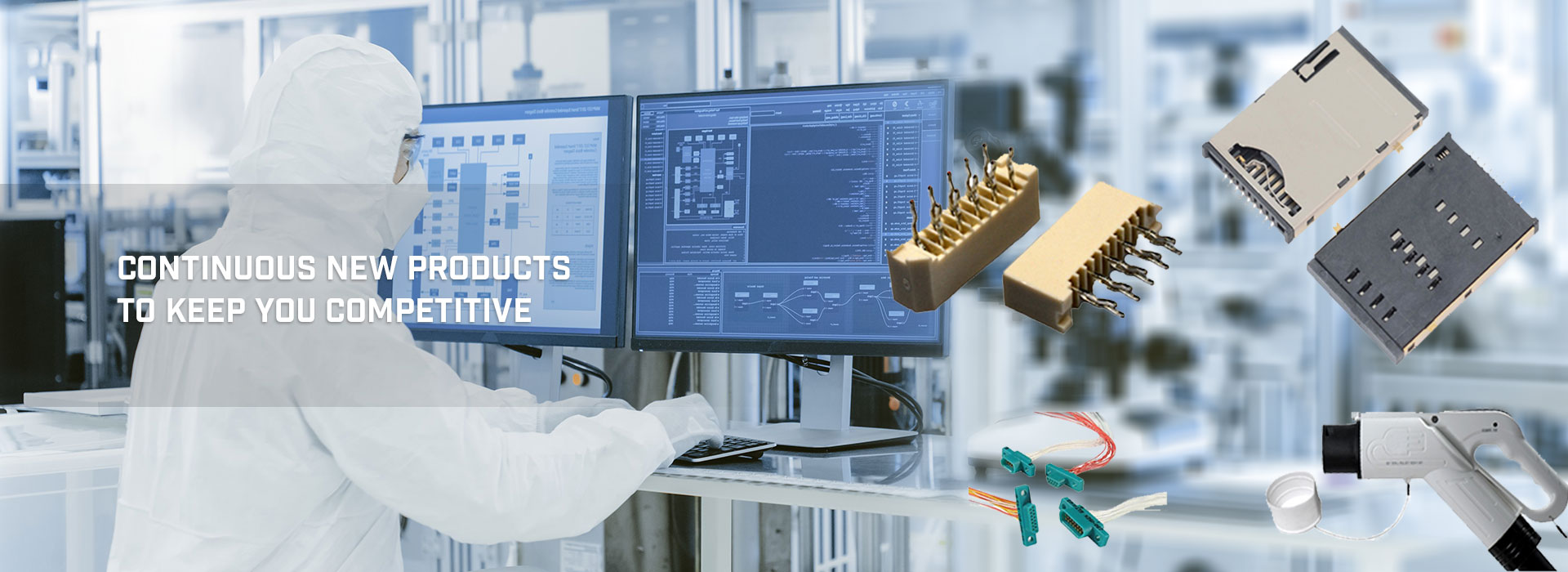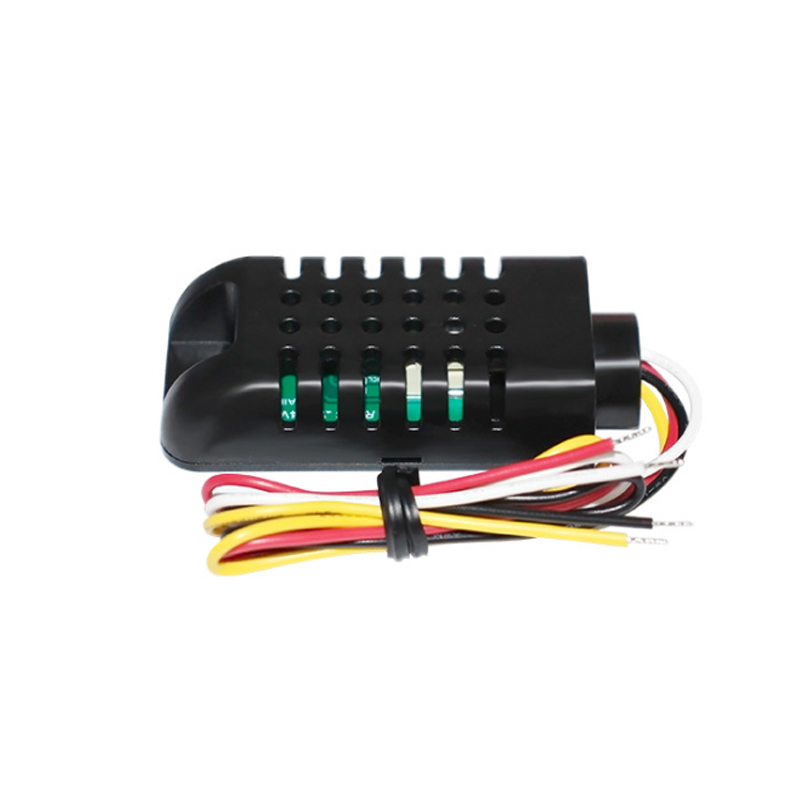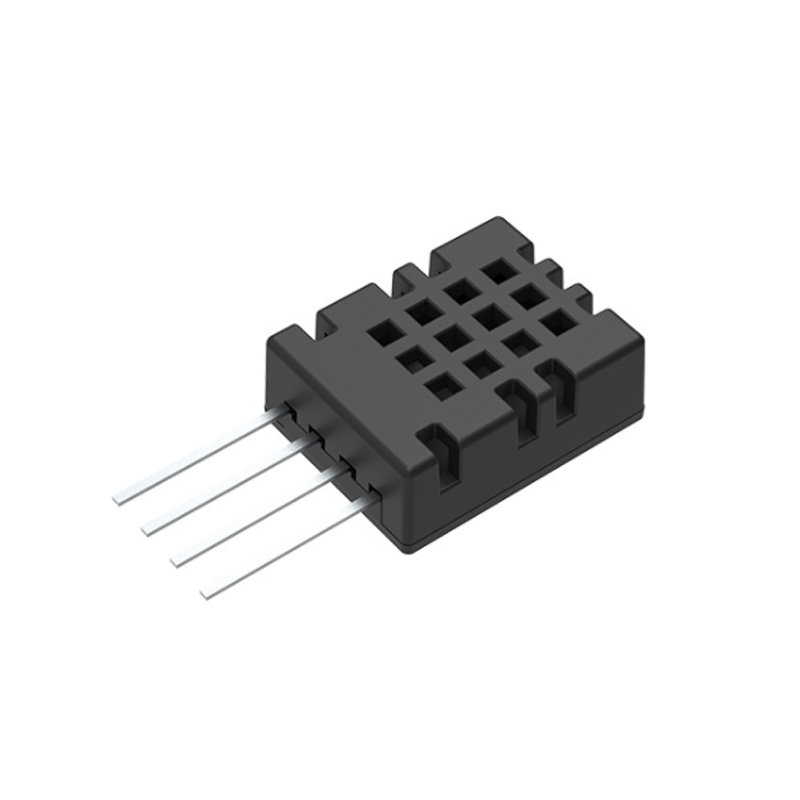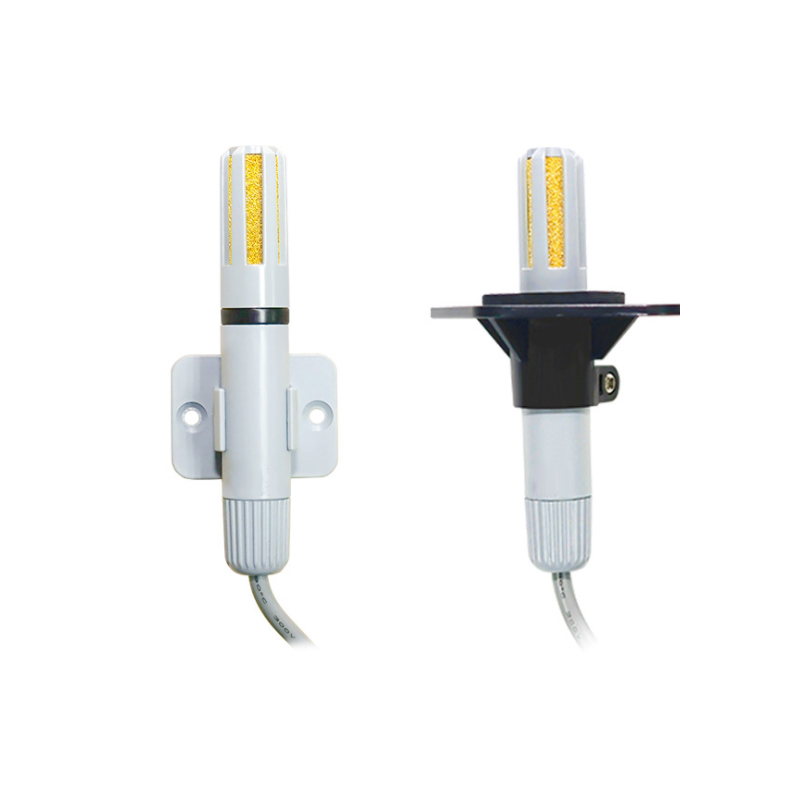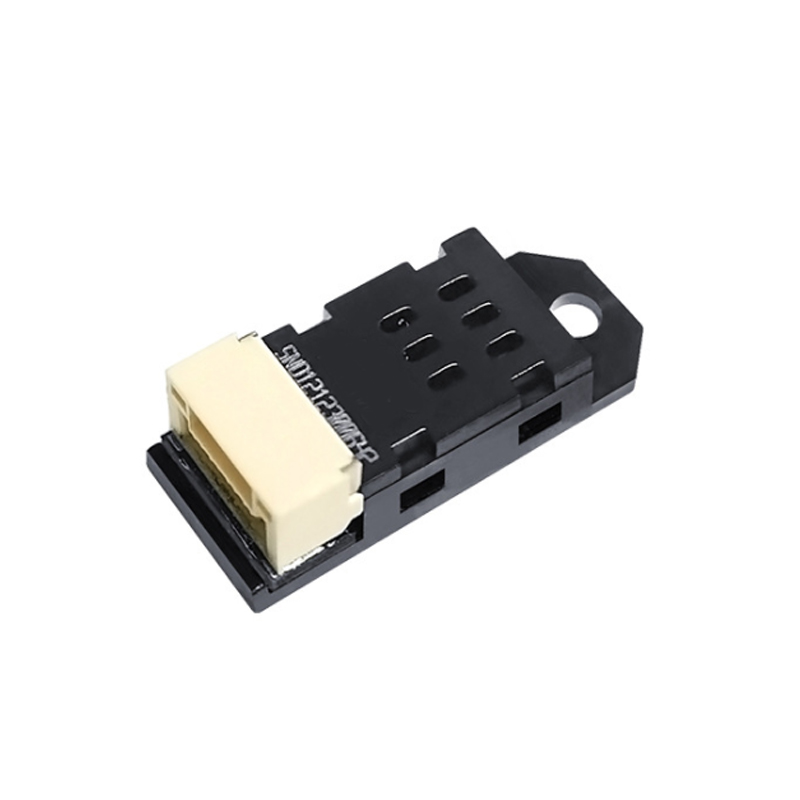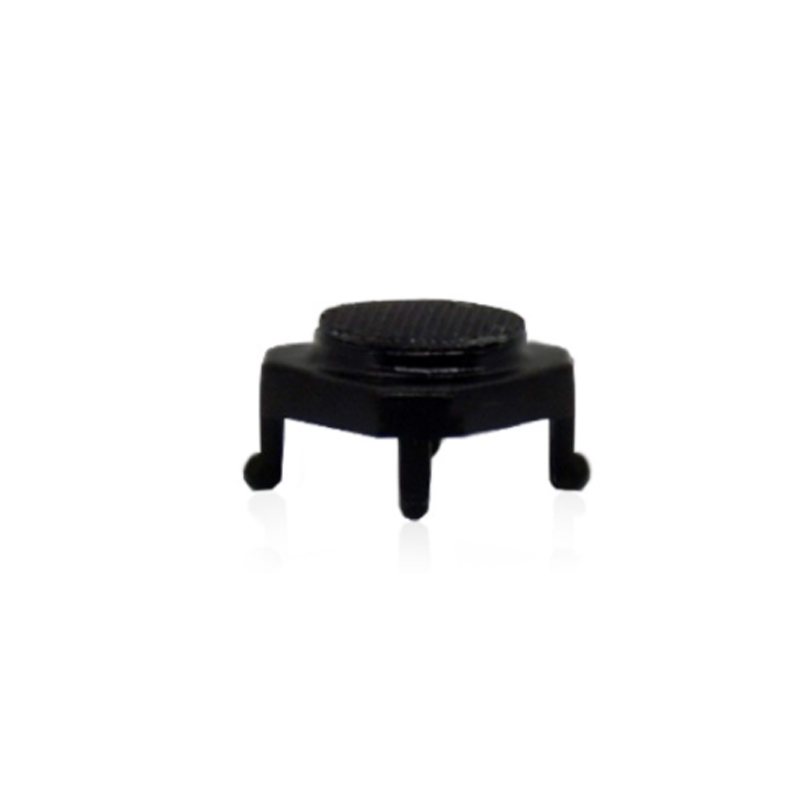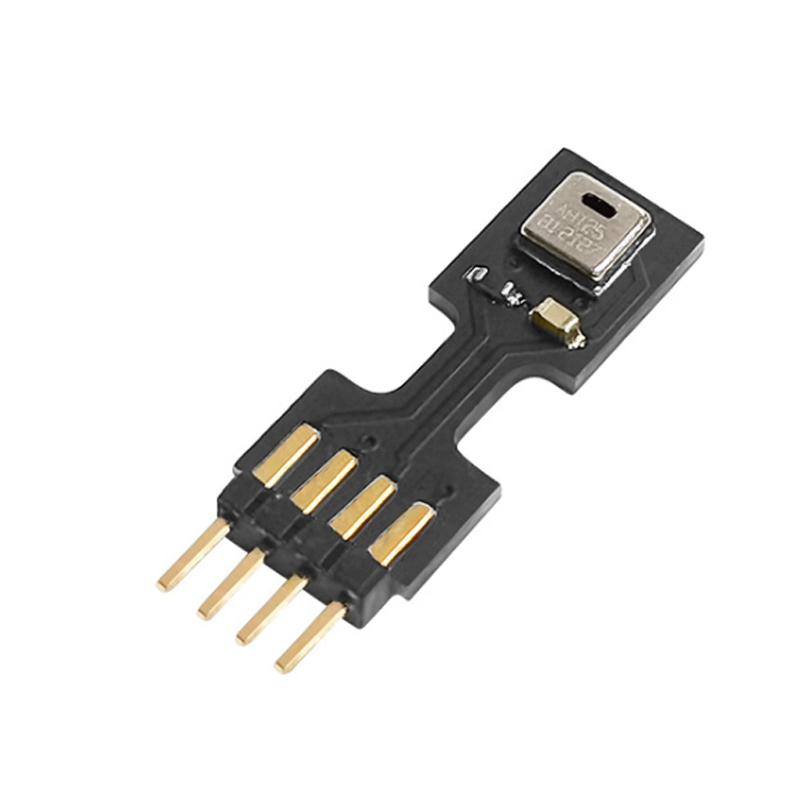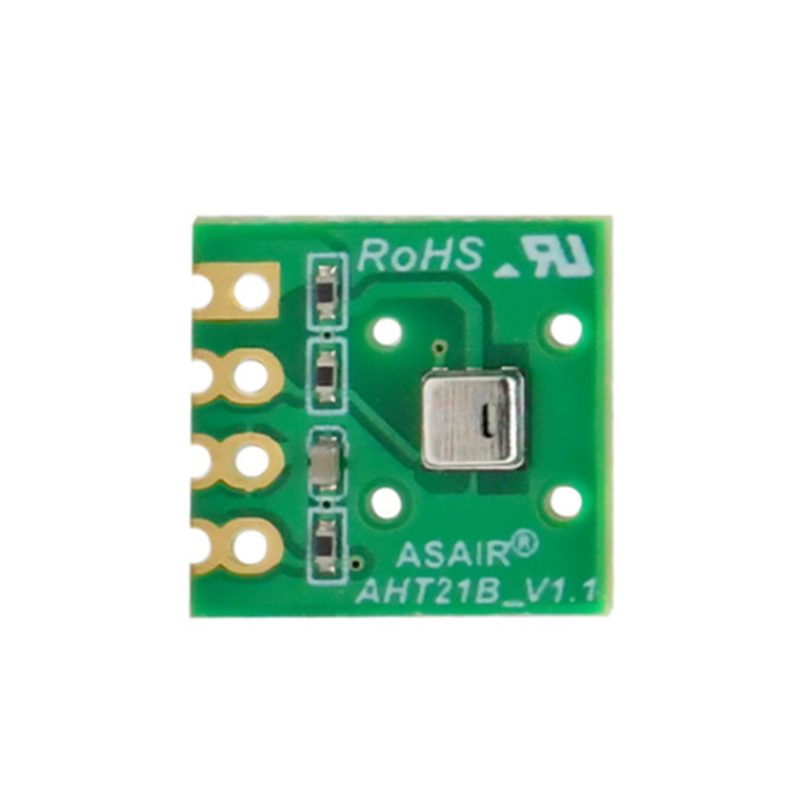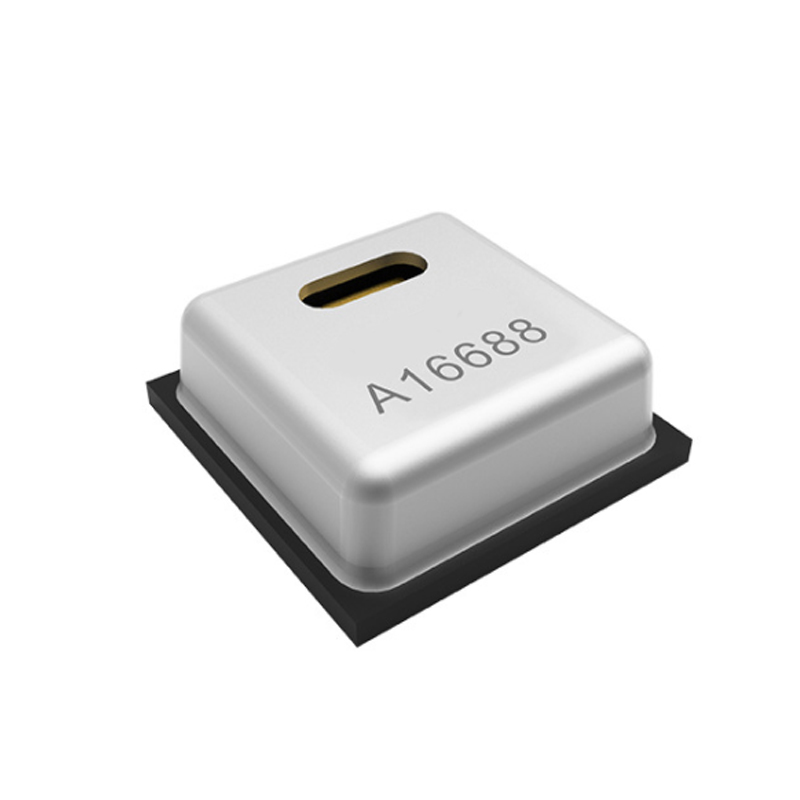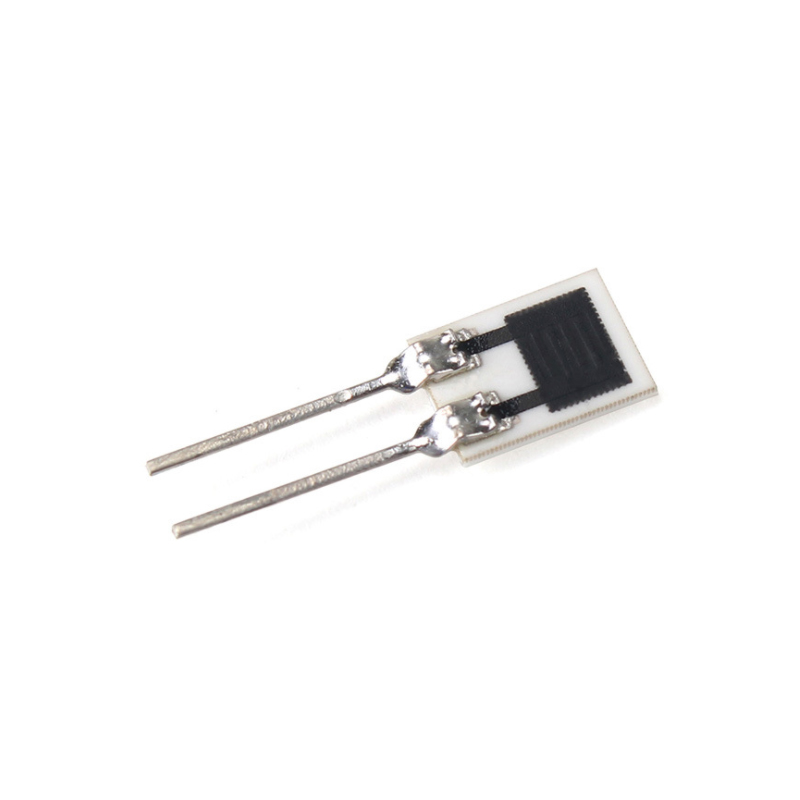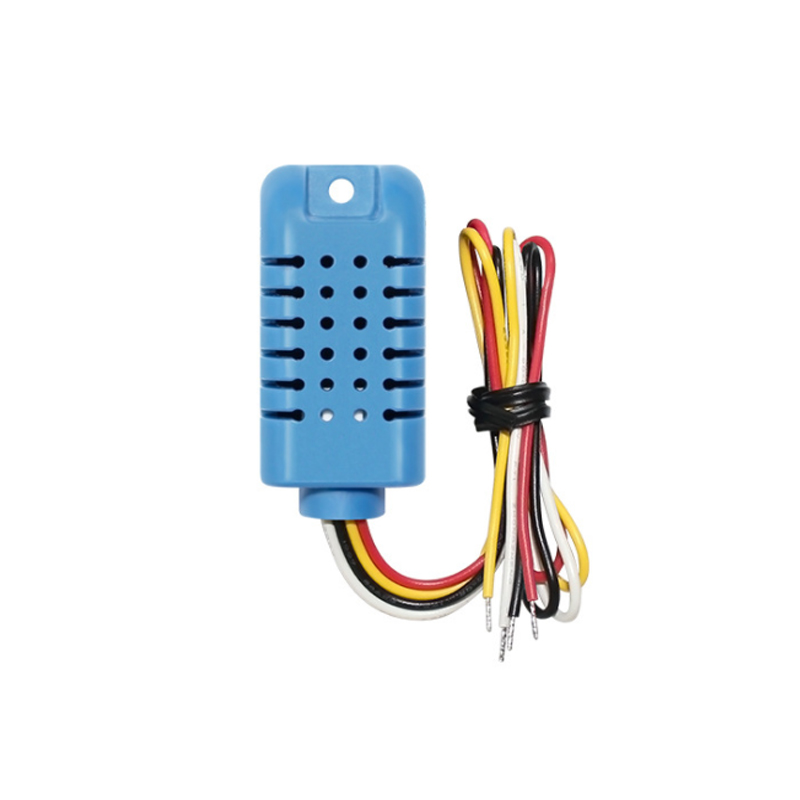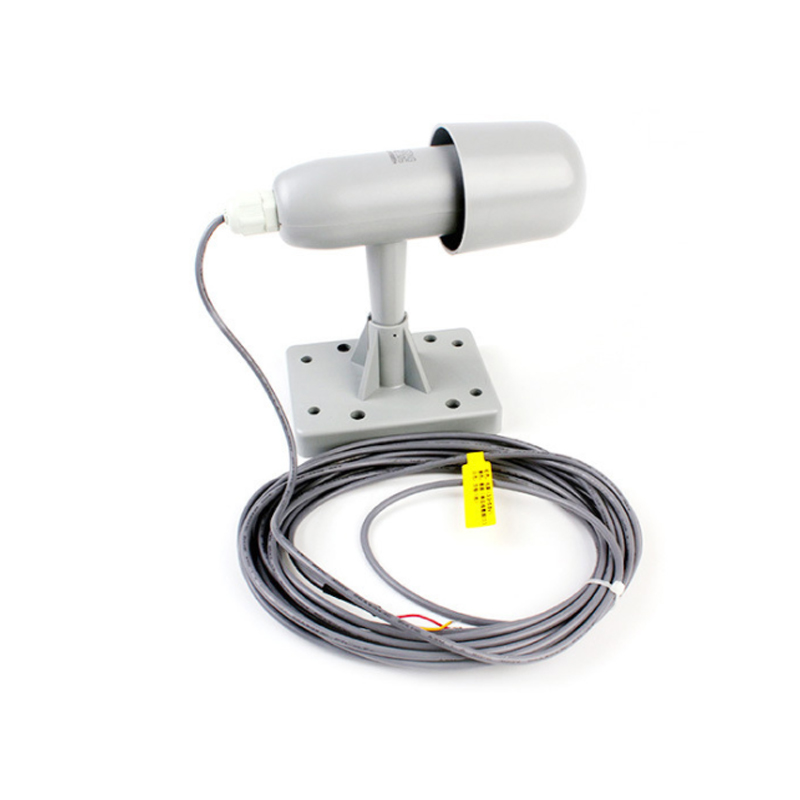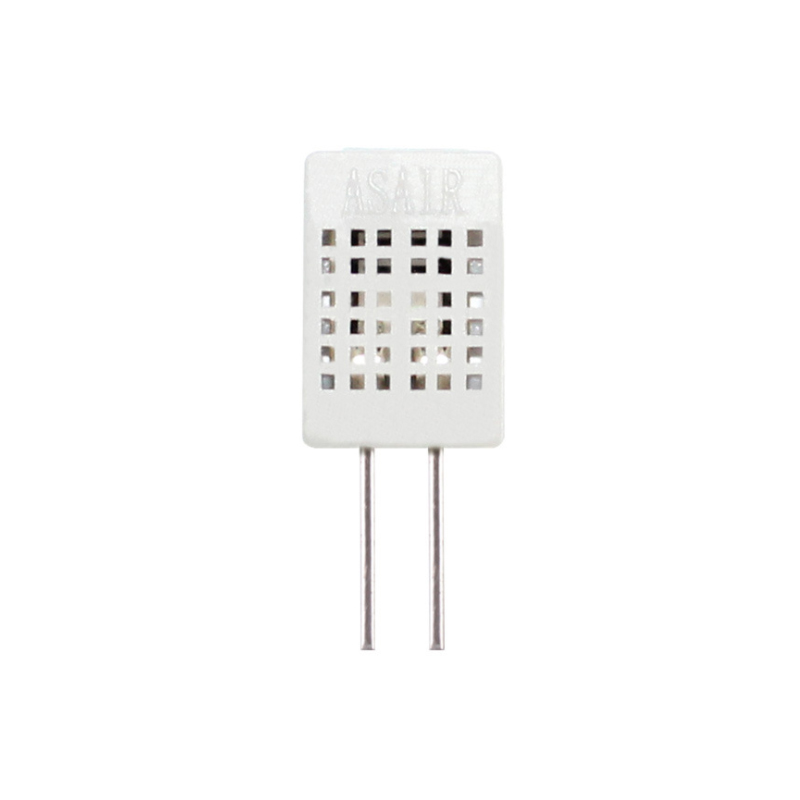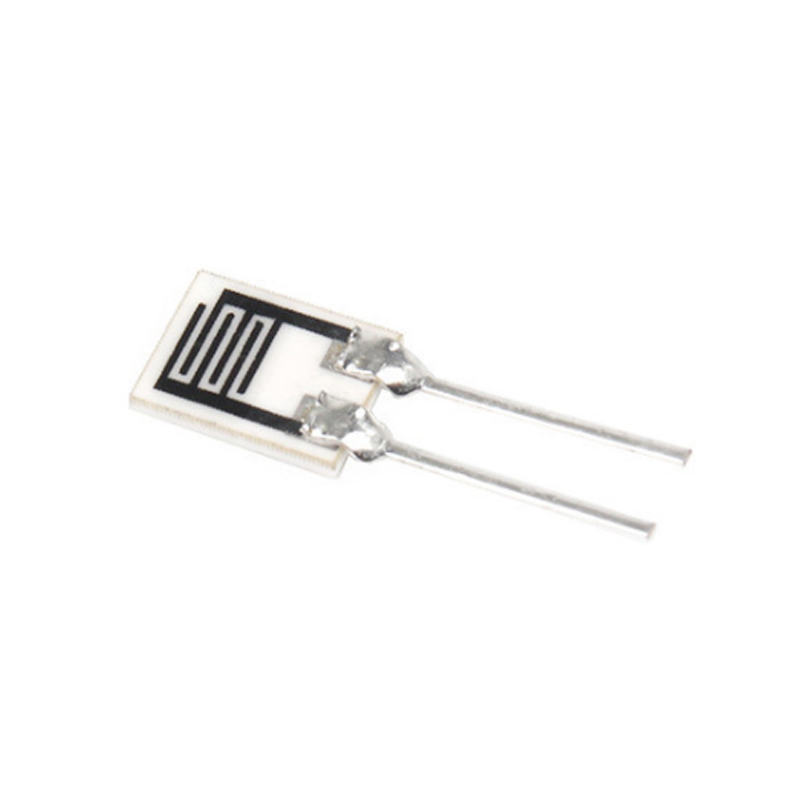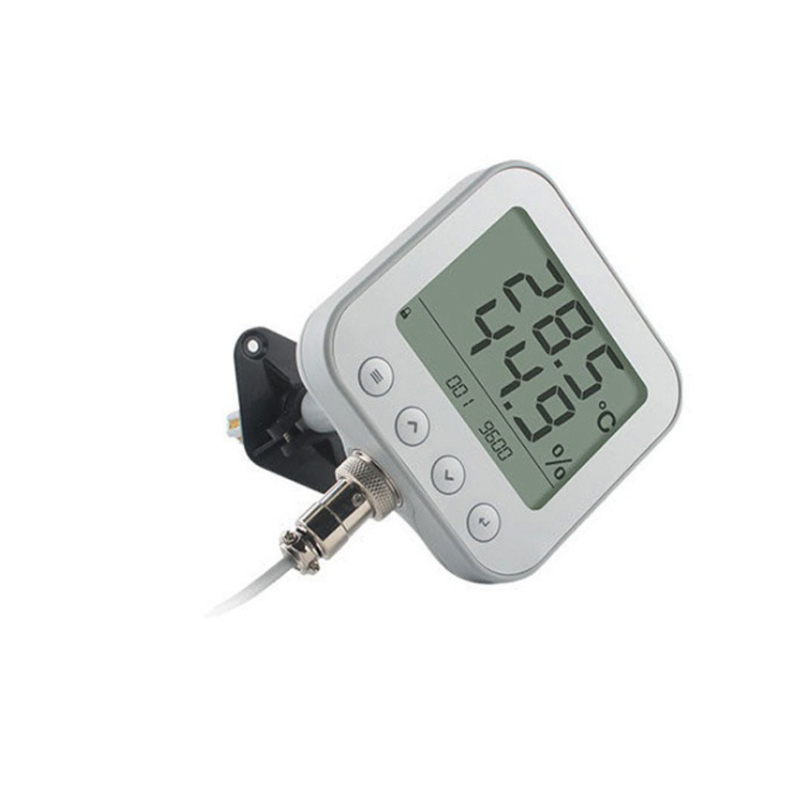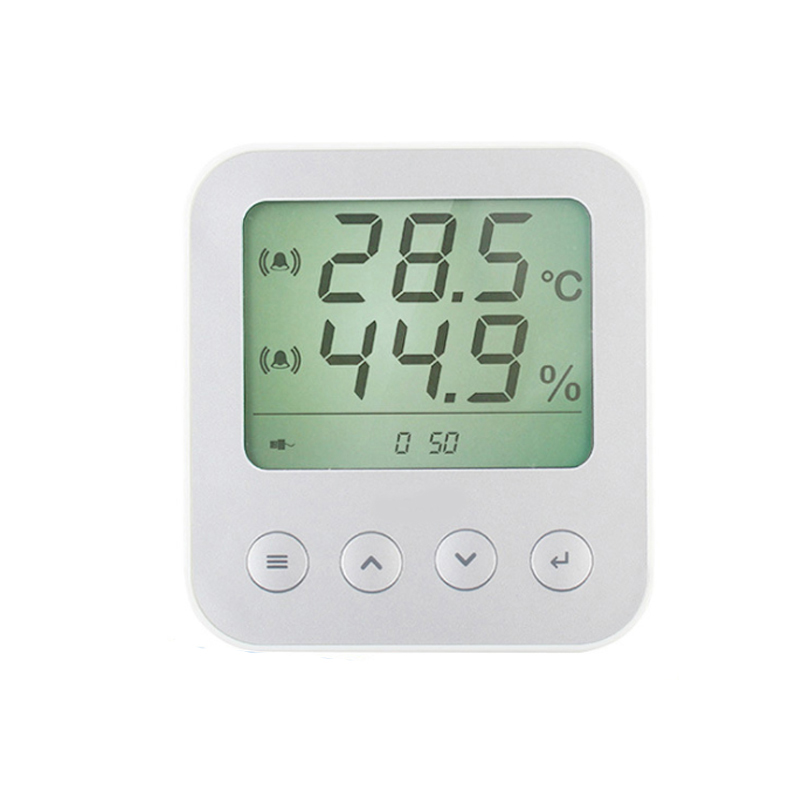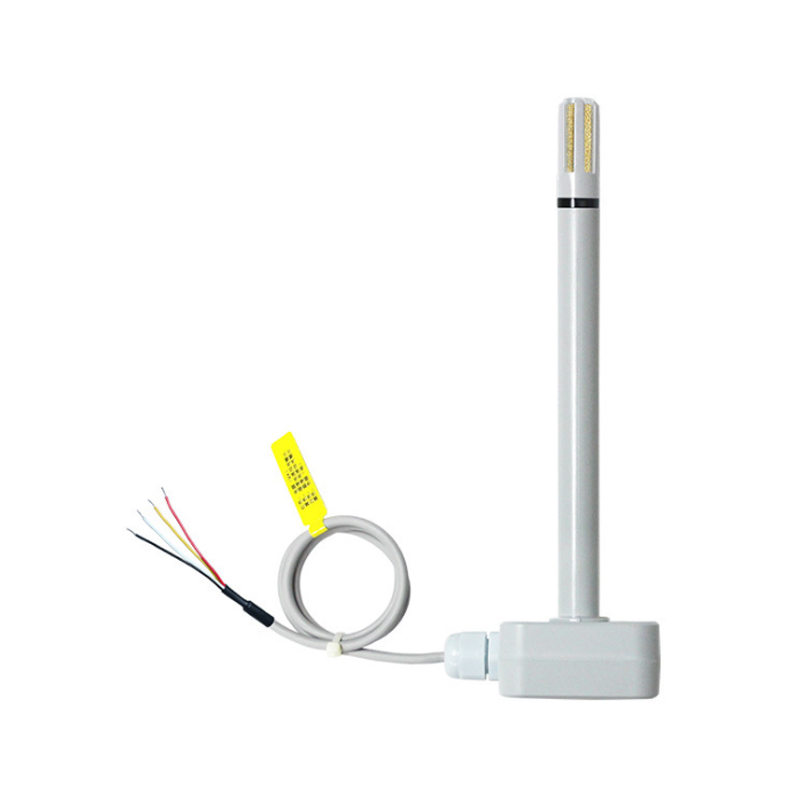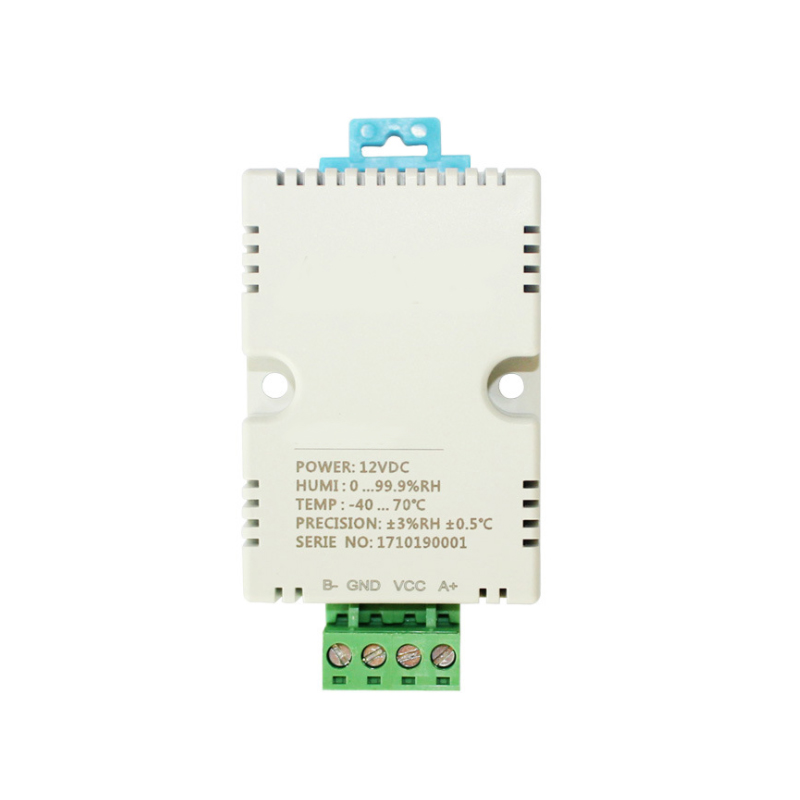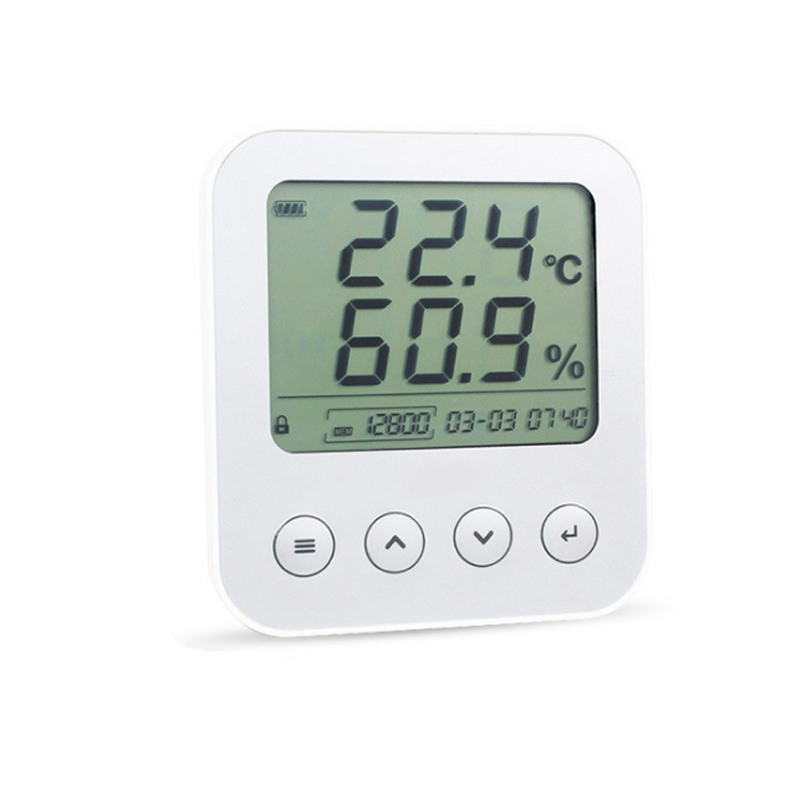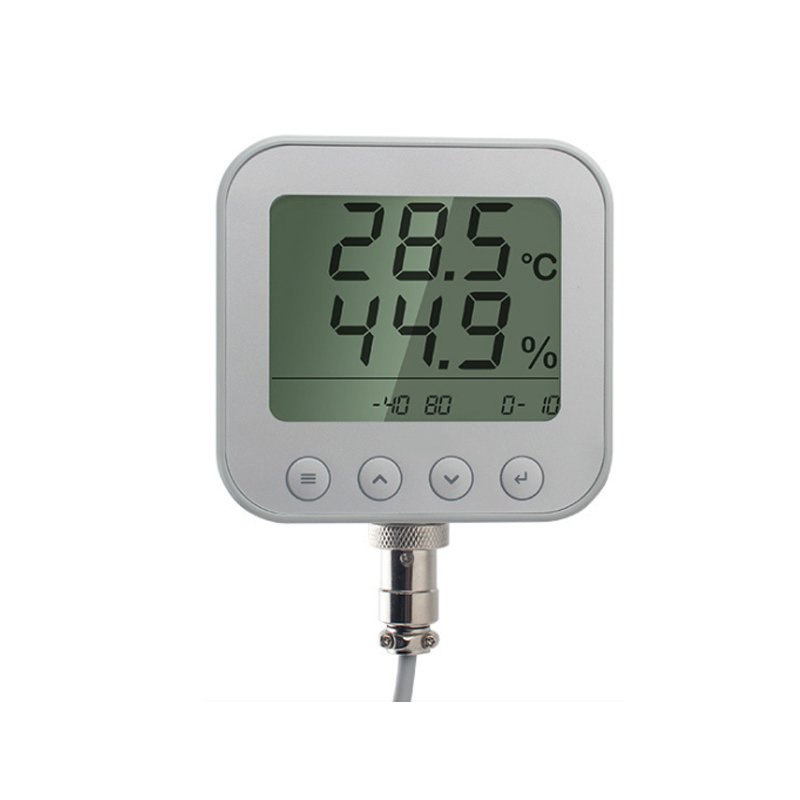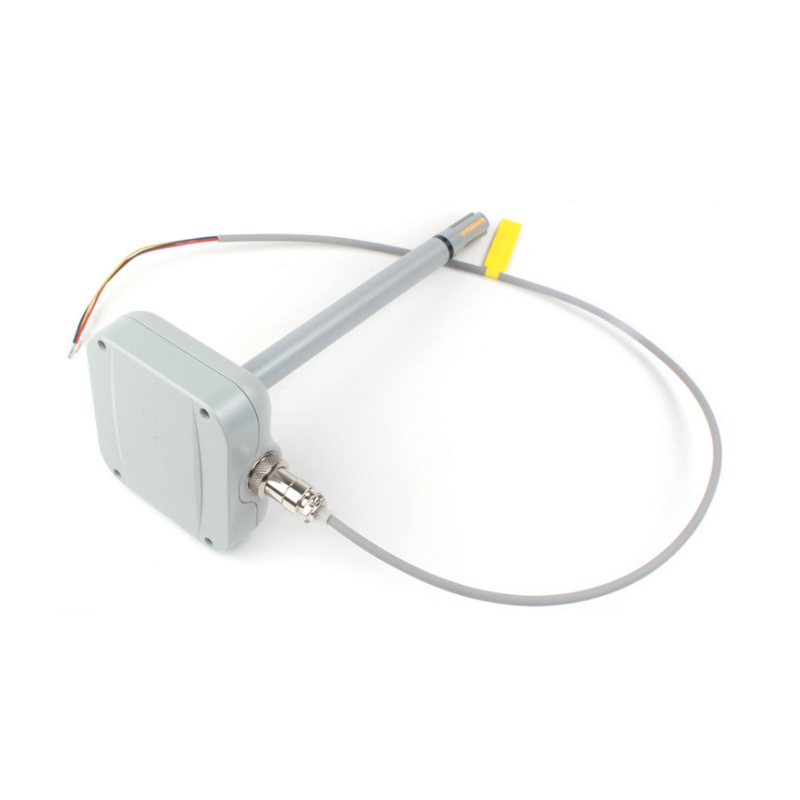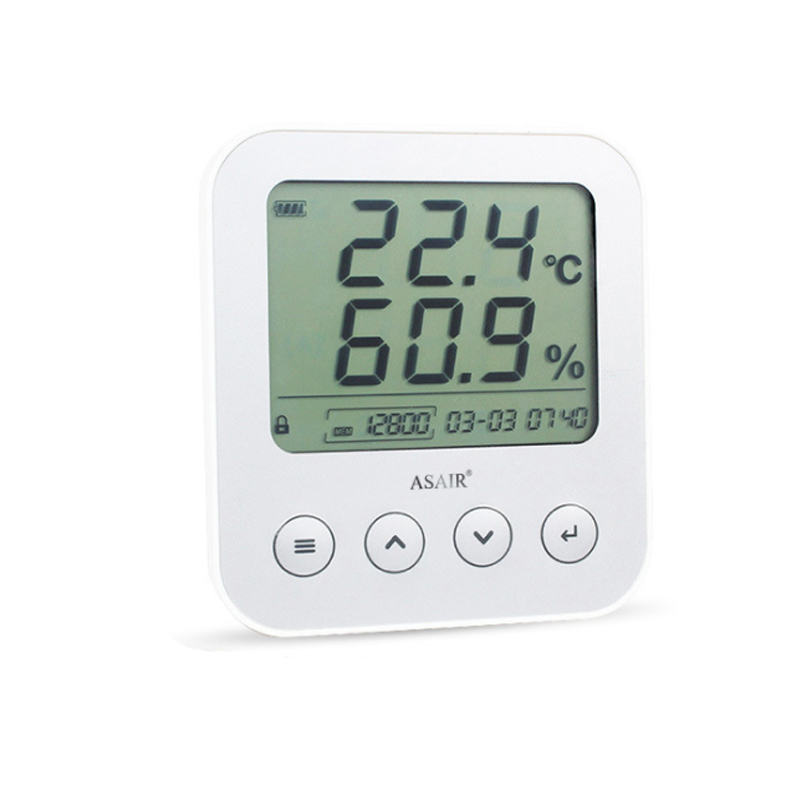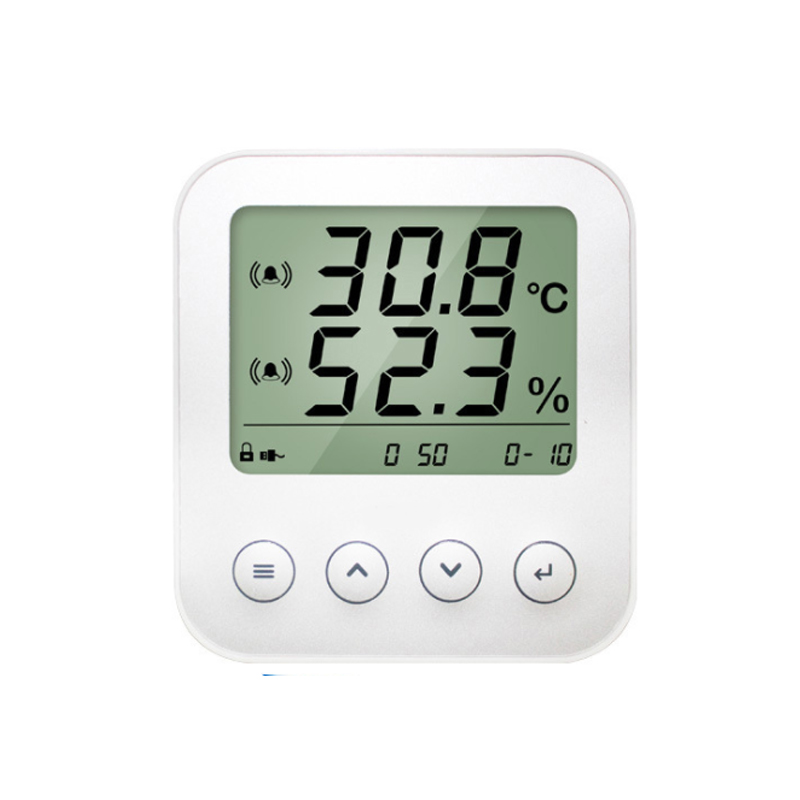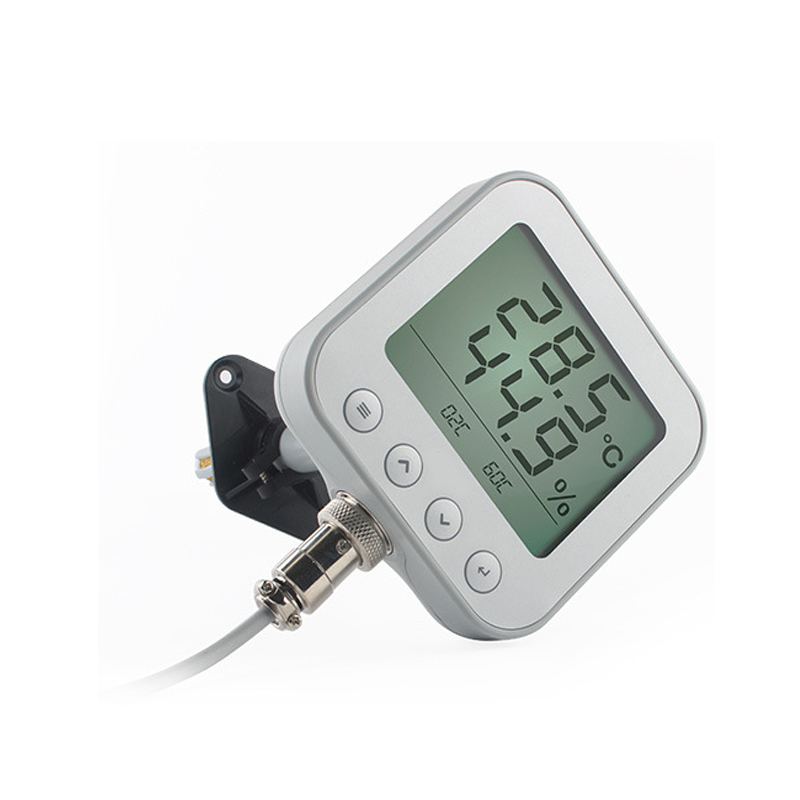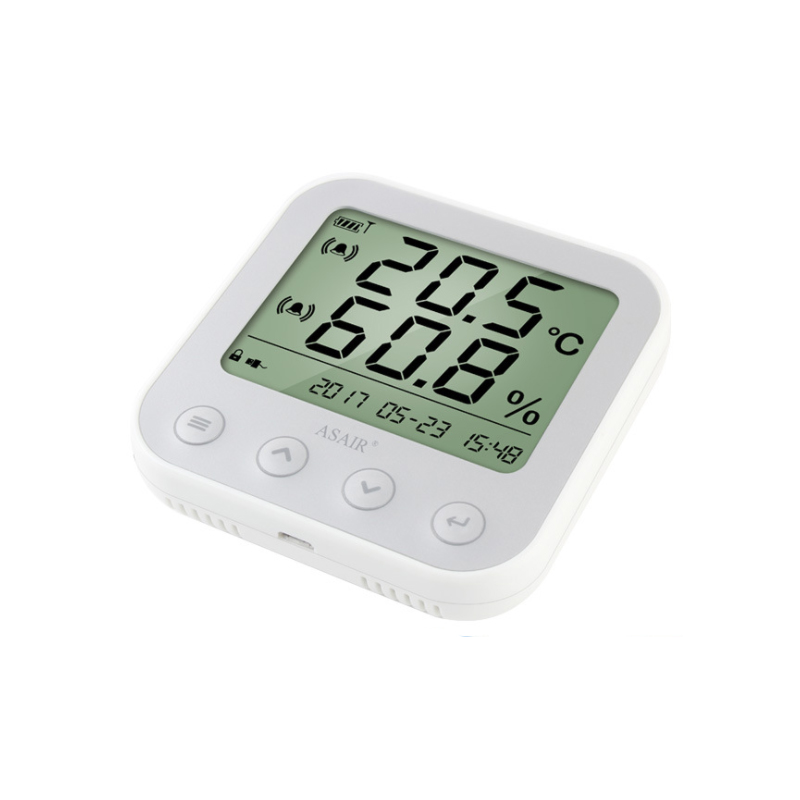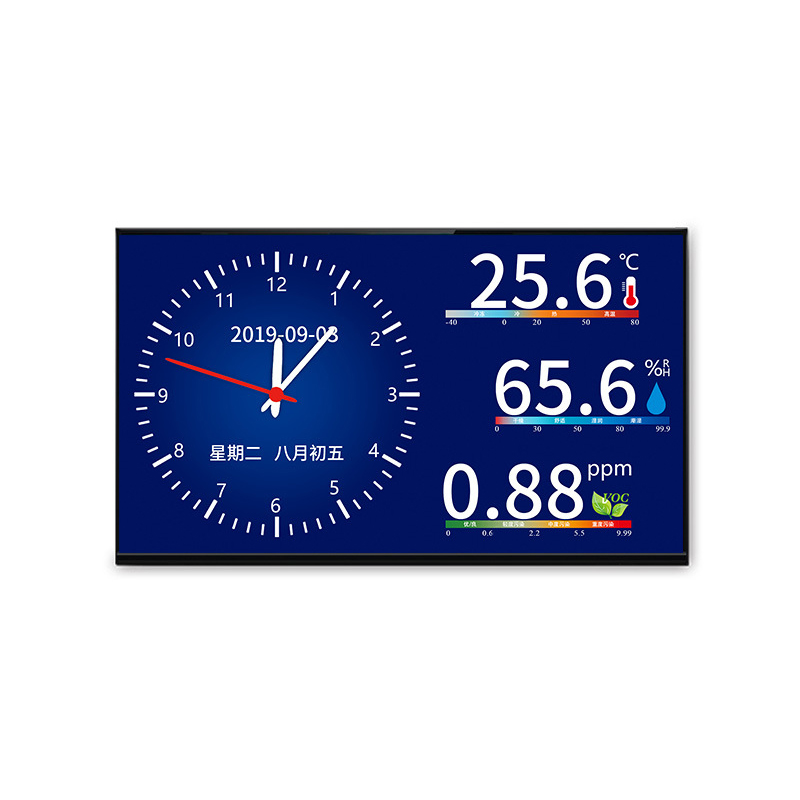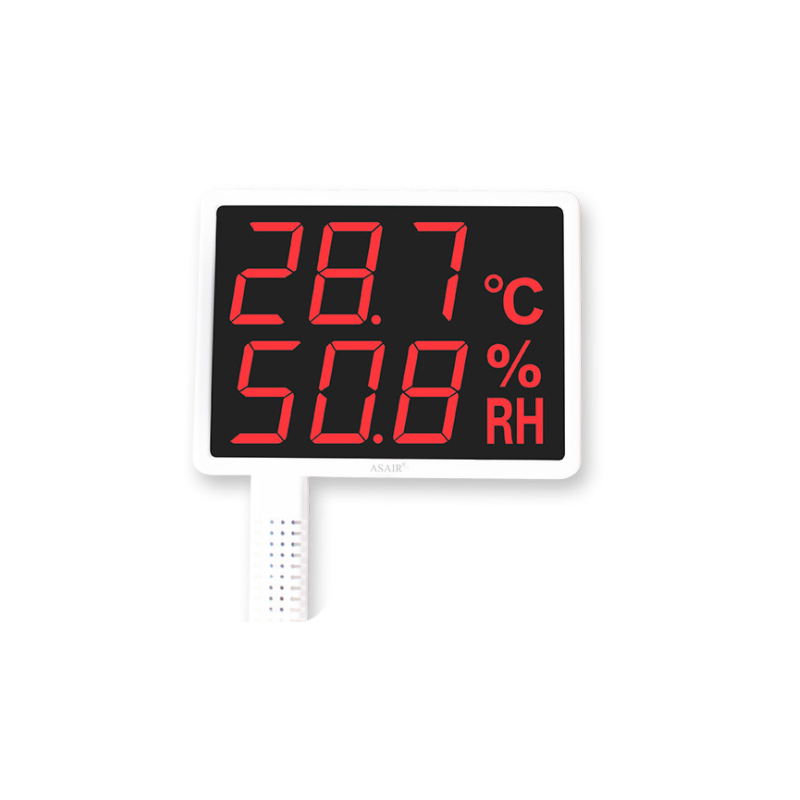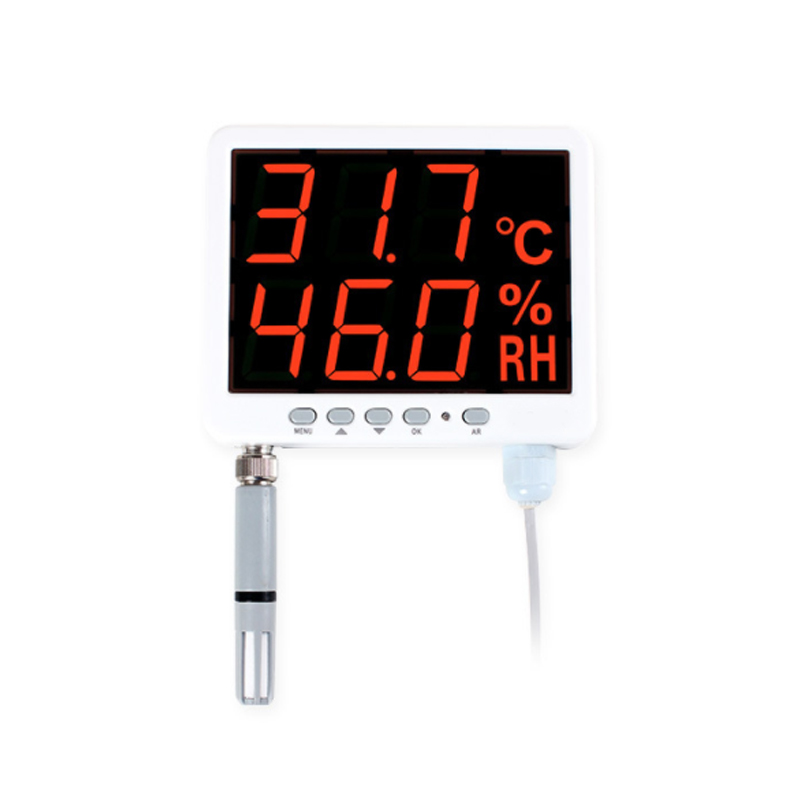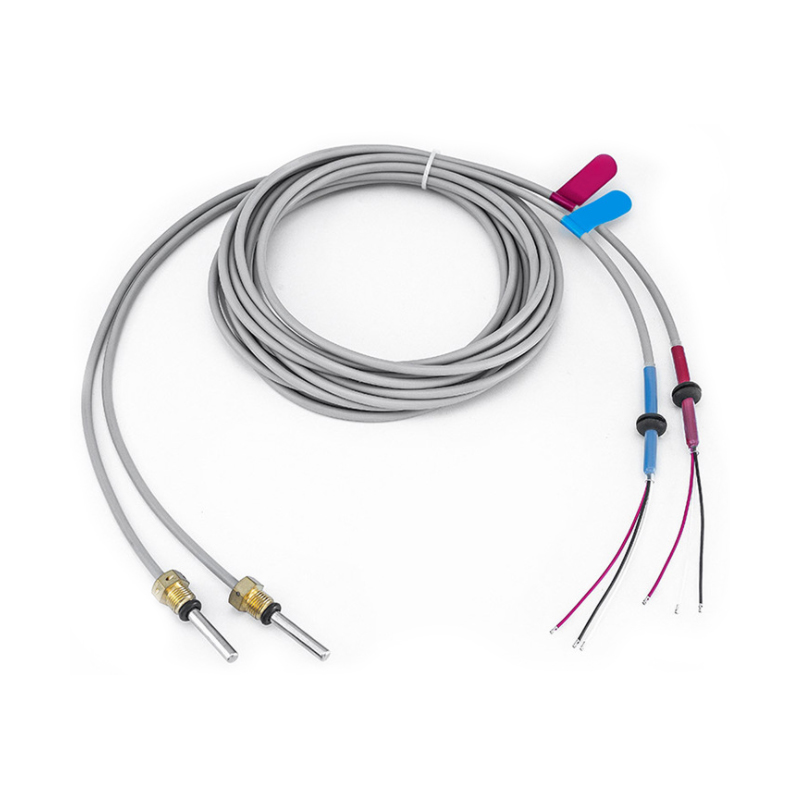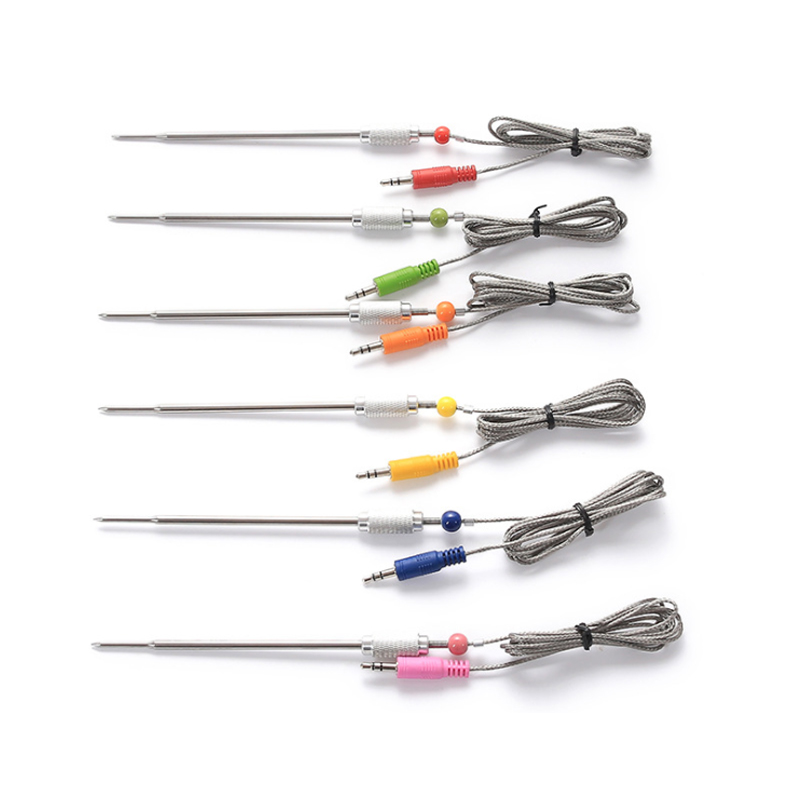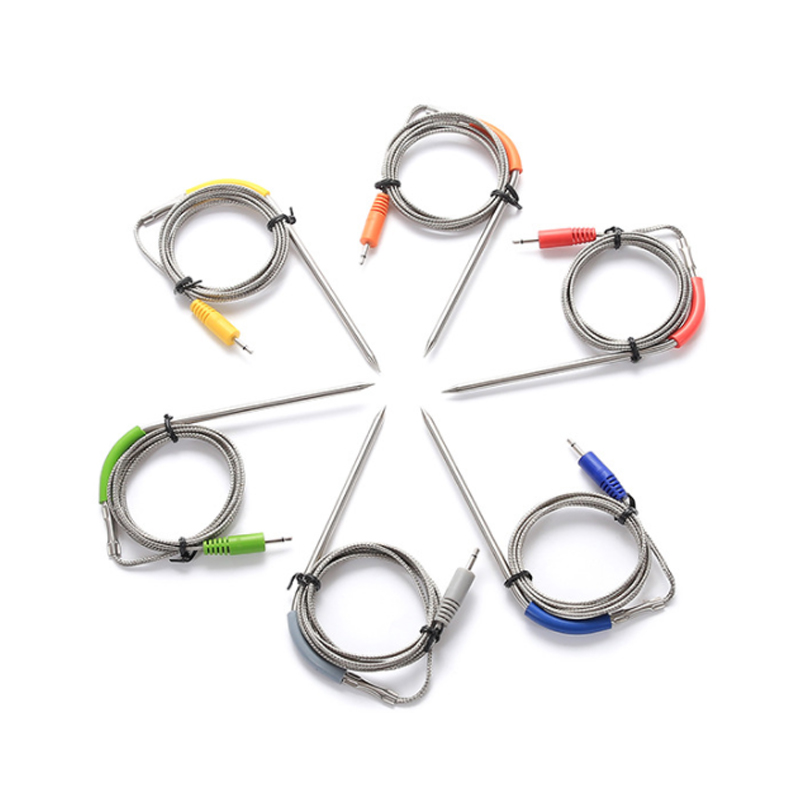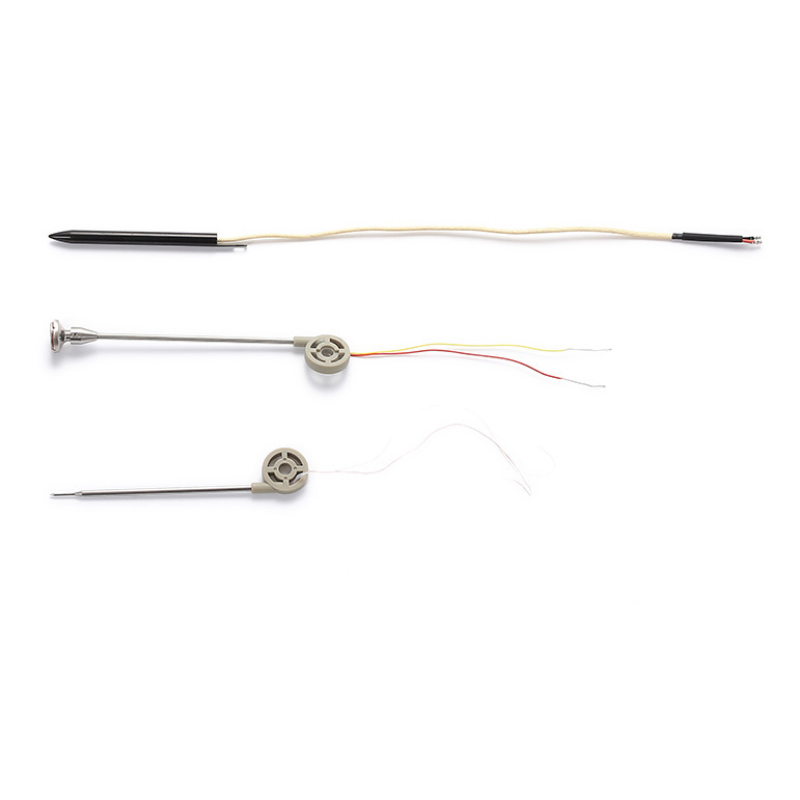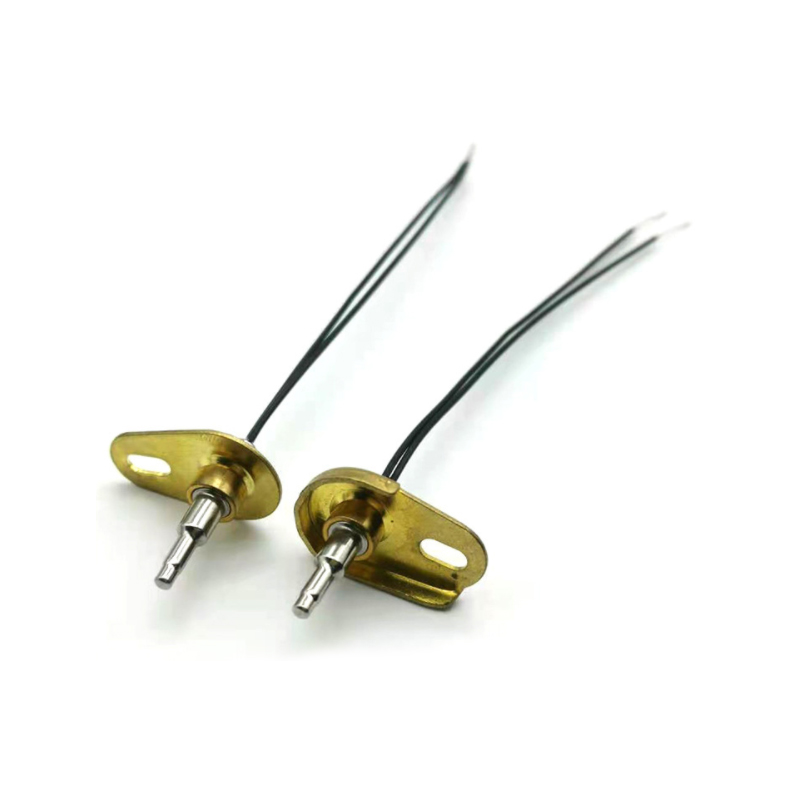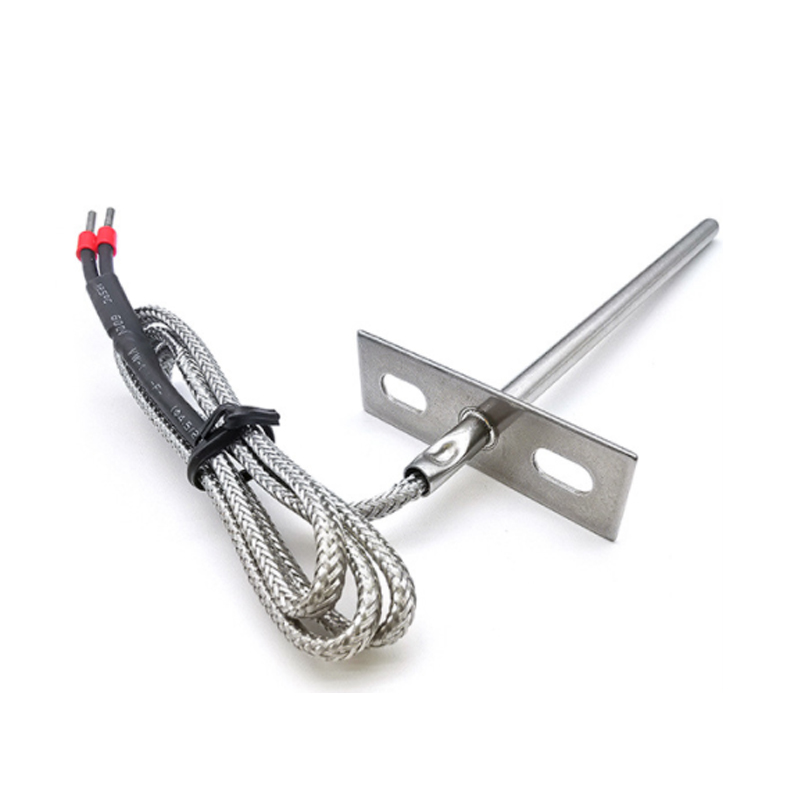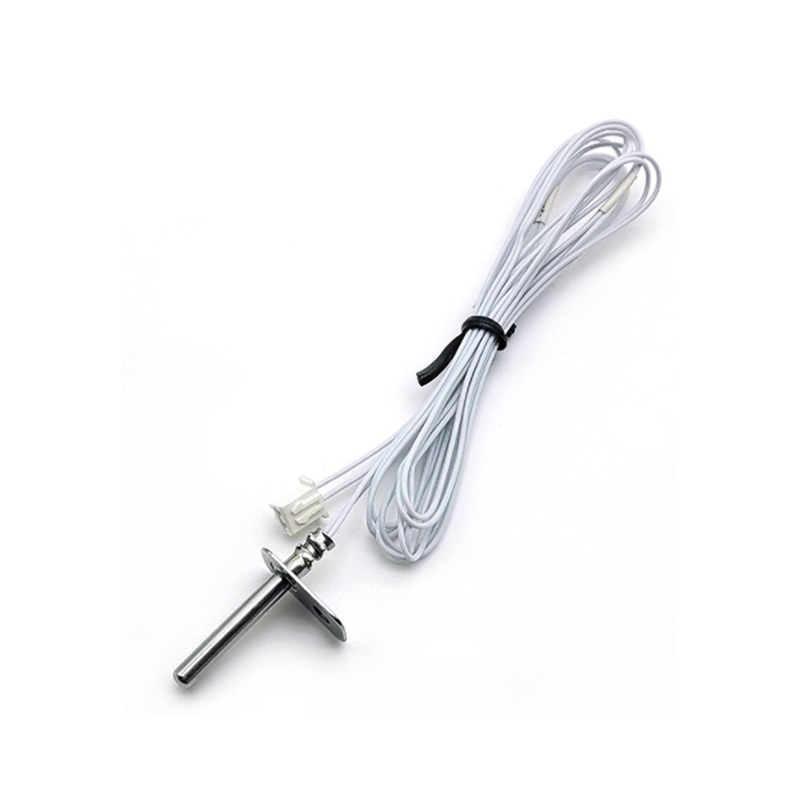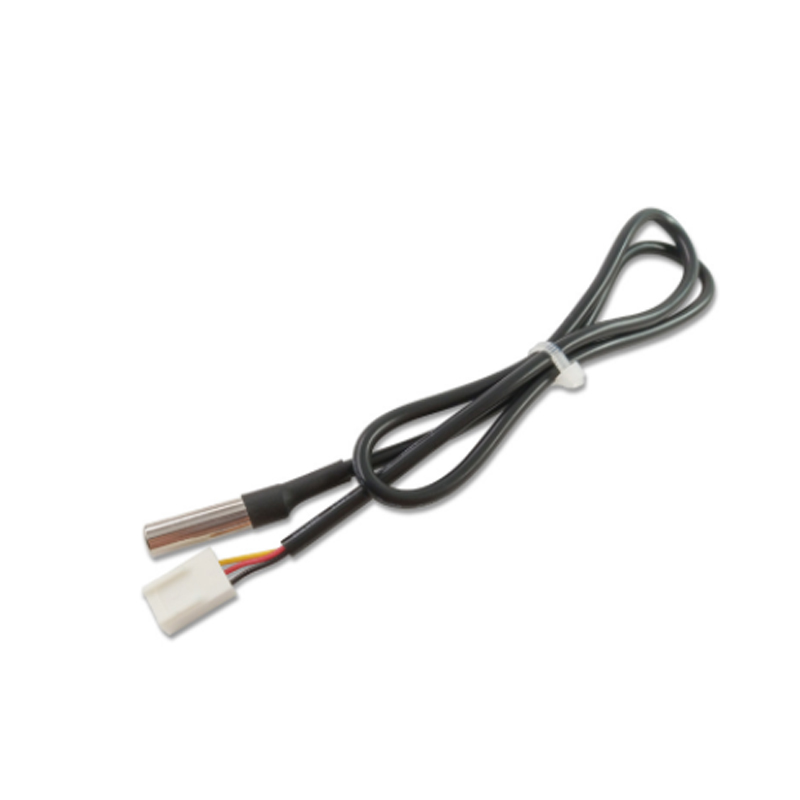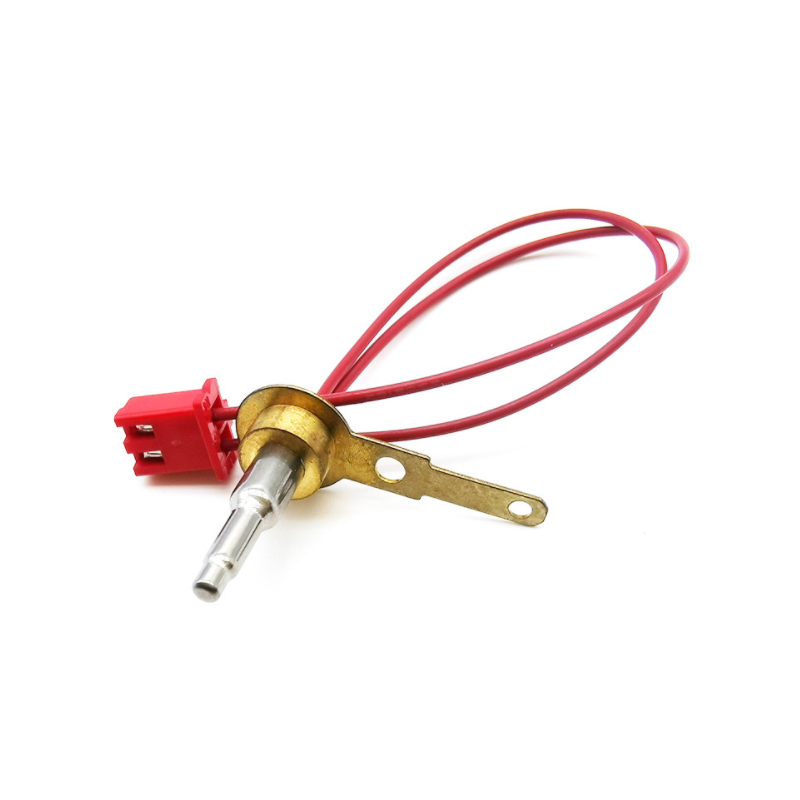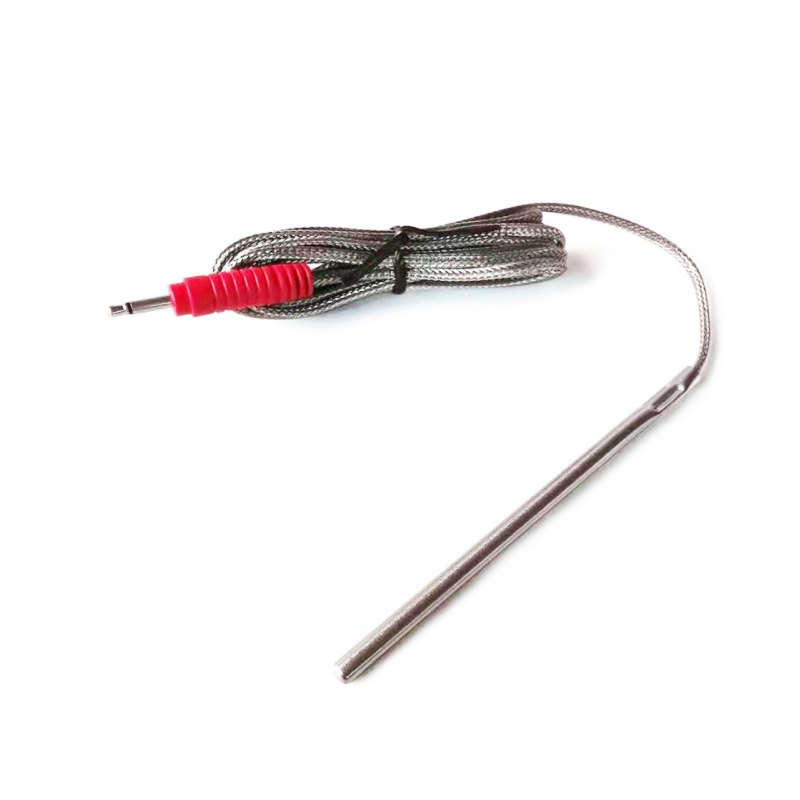What is Temperature sensor & Humidity sensor
Temperature sensor refers to a sensor that can sense the temperature and convert it into an available output signal. Temperature sensor is the core part of temperature measuring instrument with a wide variety. According to the measurement method, it can be divided into contact type and non-contact type. According to the characteristics of sensor materials and electronic components, it can be divided into thermal resistance and thermocouple.
How to choose a Humidity temperature sensors ?
If you want to make reliable temperature measurement for thermometer probes, you first need to select the correct temperature instrument, that is, temperature sensor. Thermocouple, thermistor, platinum resistance (RTD) and temperature IC are the most commonly used temperature sensors in testing.
The following is an introduction to the characteristics of thermocouple and thermistor temperature instruments.
1. Thermocouple
Thermocouple is the most commonly used temperature sensor in temperature measurement. Its main advantage is that it has a wide temperature range and can adapt to various atmospheric environments. It is solid, low price, no power supply and the cheapest. The thermocouple consists of two different metal wires (metal A and metal b) connected at one end. When one end of the thermocouple is heated, there is a potential difference in the thermocouple circuit. The measured potential difference can be used to calculate the temperature.
However, there is a nonlinear relationship between voltage and temperature. Due to the nonlinear relationship between voltage and temperature, it is necessary to make a second measurement for the reference temperature (Tref), and use the software or hardware of the test equipment to process the voltage temperature transformation in the instrument to finally obtain the thermocouple temperature (TX). Agilent 34970A and 34980A data collectors have built-in measurement and operation capabilities.
In short, thermocouple is the simplest and most common temperature sensor, but thermocouple is not suitable for high-precision measurement and application.
2. Thermistor
Thermistors are made of semiconductor materials, mostly with negative temperature coefficient, that is, the resistance decreases with the increase of temperature. Temperature change will cause large resistance change, so it is the most sensitive temperature sensor. However, the linearity of thermistor is very poor, and it is closely related to the production process. The manufacturer cannot give a standardized thermistor curve.
Thermistors are very small and respond quickly to temperature changes. However, thermistor needs current source, and its small size also makes it very sensitive to self heating error.
The thermistor measures the absolute temperature on the two lines, which has good accuracy, but it is more expensive than the thermocouple, and the measurable temperature range is also smaller than the thermocouple. The resistance value of a common thermistor at 25 ℃ is 5K Ω, and the resistance change of 200 Ω is caused by the temperature change of 1 ℃. Note that the lead resistance of 10 Ω only causes a negligible error of 0.05 ℃. It is well suited for current control applications that require fast and sensitive temperature measurements. Small size is advantageous for applications with space requirements, but care must be taken to prevent self heating errors.
Thermistors also have their own measurement skills. The thermistor has the advantage of small volume. It can be stable quickly and will not cause thermal load. However, it is also very weak. High current will cause self heating. Because thermistor is a resistive device, any current source will generate heat due to power. Power is equal to the product of the square of the current and the resistance. Therefore, use a small current source. If the thermistor is exposed to high heat, it will cause permanent damage.
Verification standard and technical index of temperature sensor:
1. Measurement accuracy: grade 0.01; Resolution 0.1uv and 0.1M Ω;
2. Parasitic potential of scanning switch: ≤ 0.4 μ V;
3. Temperature range: water tank: (room temperature + 5 ~ 95) ℃ oil tank: (95 ~ 300) ℃ low temperature constant temperature tank: (- 80 ~ 100) ℃ high temperature furnace: (300 ~ 1200) ℃;
4. temperature control stability: better than 0.01 ℃ / 10min (oil tank, water tank, low temperature constant temperature tank); 0.2 ℃ / min (tubular verification furnace);
5. Total uncertainty: for thermocouple verification, the measurement uncertainty is better than 0.7 ℃, and the repeatability error is less than 0.25 ℃; The measurement uncertainty of thermal resistance verification is better than 50mk, and the repeatability error is less than 10mk;
6. Verification quantity: 1-8 thermocouples can be checked at the same time, and 1-7 heating resistors in the same line can be checked at the same time;
7. Working power supply: AC220V ± 10%, 50Hz, with good protective grounding;
8. High temperature furnace power: About 2kW;
9. Thermostatic bath power: About 2kW;
10. Power of microcomputer measurement and control system: < 500.
Functions and features of temperature sensor verification device:
1. Verify K, e, J, N, B, s, R, t and other types of working thermocouples;
2. Verify PT100, pt10, cu50, cu100 and other working thermal resistance, glass liquid thermometer, pressure thermometer and bimetal thermometer;
3. Multi channel low potential automatic transfer switch, parasitic potential ≤ 0.4 μ V;
4. Control 1-4 high temperature furnaces;
5. Temperature field test: it can test the temperature field of verification furnace, oil tank, water tank and low-temperature constant temperature tank;
6. Wire system conversion: two wire system, three wire system and four wire system resistance verification can be carried out;
7. The software has the functions of comparison experiment, repeatability experiment, temperature field experiment and so on;
8. On the platform above Windows2000 / XP, all Chinese interface and standard Windows operating system are convenient and fast. Achievable:
1) Equipment self inspection and line inspection;
2) Display and save the temperature control curve on the screen ≤ 0.4 μ V;
3) Automatic collection of test data;
4) Automatically generate verification records that meet the requirements;
5) The verification results are saved automatically and cannot be changed manually;
6) Query various thermocouples, thermal resistance index tables and other help;
7) Intelligent management function for all historical verification data, temperature control curve query statistics and measurement of thermocouple and thermal resistance.
What is the main purpose?
Temperature is a physical quantity representing the degree of cold and heat of an object. It is a very important and common measurement parameter in the process of industrial and agricultural production. Temperature measurement and control plays a very important role in ensuring product quality, improving production efficiency, saving energy, production safety and promoting the development of national economy. Due to the universality of temperature measurement, the number of temperature sensors ranks first among all kinds of sensors, accounting for about 50%.
The temperature sensor indirectly measures the temperature by changing some characteristics of the object with the change of temperature. The characteristics of many materials and components change with the change of temperature, so there are quite a lot of materials that can be used as temperature sensors. The physical parameters of temperature sensor change with temperature: expansion, resistance, capacitance, electromotive force, magnetic properties, frequency, optical characteristics, thermal noise and so on. With the development of production, new temperature sensors will continue to emerge.
Because the temperature measurement range in industrial and agricultural production is very wide, from hundreds of degrees below zero to thousands of degrees above zero, and the temperature sensors made of various materials can only be used in a certain temperature range.
The contact mode between the temperature sensor and the measured medium is divided into two categories: contact type and non-contact type. The contact temperature sensor needs to keep thermal contact with the measured medium so that they can fully exchange heat to reach the same temperature. This kind of sensors mainly include resistance, thermocouple, PN junction temperature sensor and so on. The non-contact temperature sensor does not need to contact with the measured medium, but is transmitted to the temperature sensor through the thermal radiation or convection of the measured medium, so as to achieve the purpose of temperature measurement. This kind of sensor mainly includes infrared temperature sensor. The main feature of this temperature measurement method is that it can measure the temperature of moving substances (such as the bearing temperature of slow-moving trains and the temperature of rotating cement kilns) and objects with small heat capacity (such as the temperature distribution in integrated circuits).
FBelec sensor has reliable quality and low price! Is your first choice
NINGBO FBELE ELECTRONICS CO.,LTD.
FBELE company was founded in 1997, is China's leading manufacturer of acoustic and other electronic components, we designs,manufactures, distributes high quality products in very competitive price, bestservice, timely delivery, small order acceptable, etc. Our products include piezo ceramic element, piezoelectric buzzer, magnetic buzzer,speakers, transducer, receiver, electret condenser microphone, magnetic contact. Piezoelectric alarm,ultrasonic sensor,PZT ceramics,etc.
- Following 0
- Followers 0
- Send Msg


